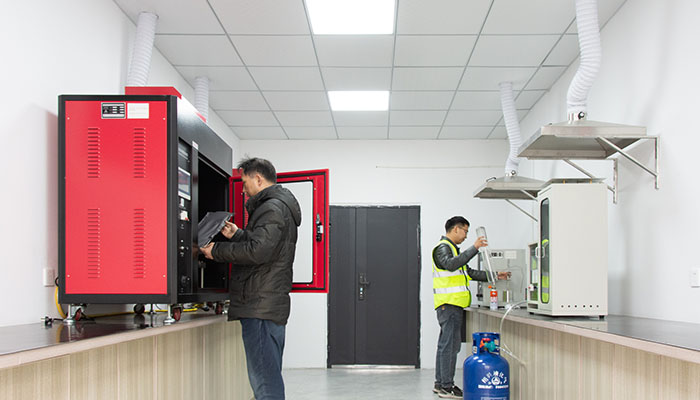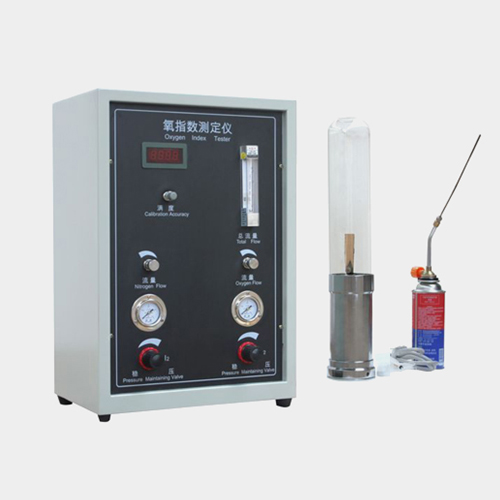Textile Testing Major
To ensure that our fabrics are safe, durable and most importantly comfortable, experienced inspectors compile a detailed inspection checklist based on your requirements, international regulations, safety standards and our extensive expertise to conduct a thorough inspection of your goods on the spot. The tests we conduct include:
· Properties: Abrasion or Pilling (Martindale, ICI)
· Weather resistance test: waterproof, windproof, warm, spray test
· Heat resistance and water vapor resistance/permeability
· Burn test (for 100% cotton textiles)
· Seam strength (sewn products)
· Tear Strength and Penetration Resistance
· Tensile Properties
















